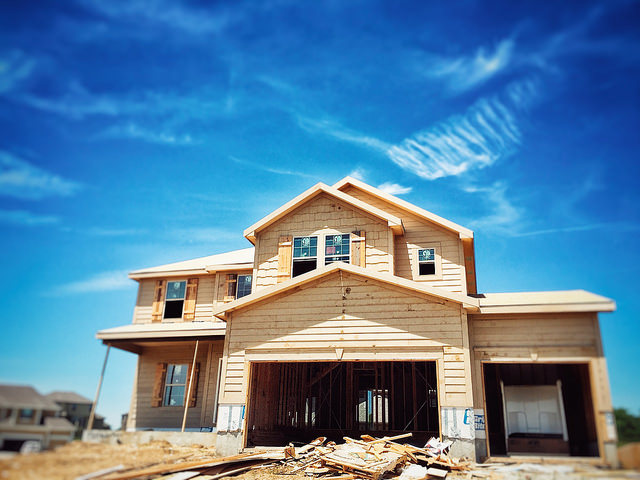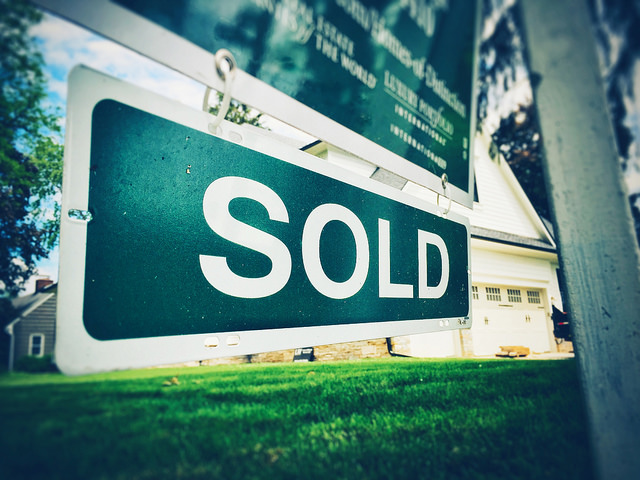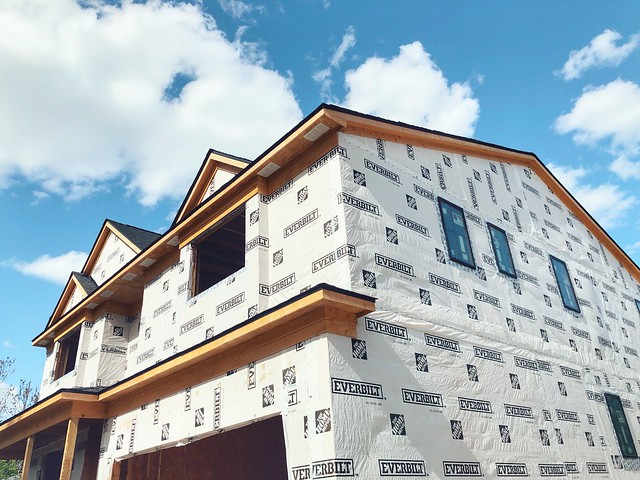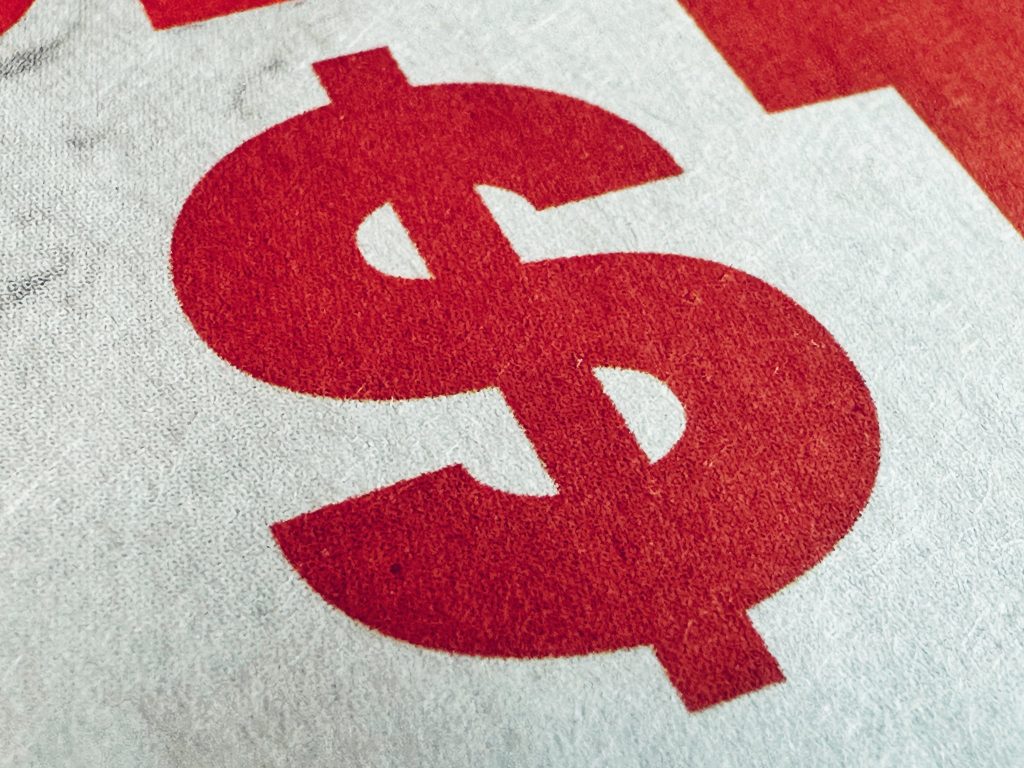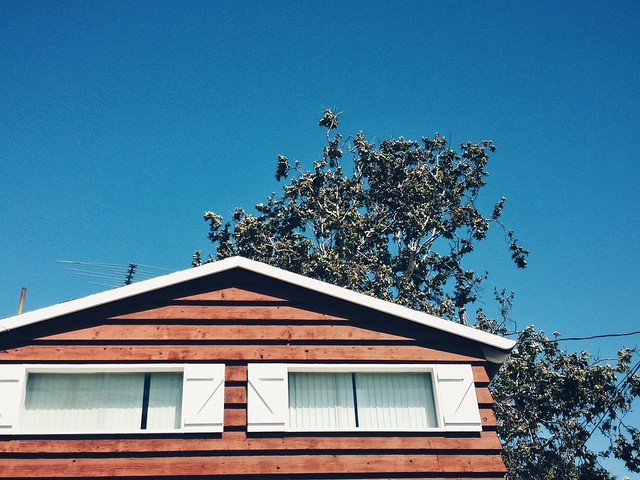The new home market accounts for just over 10 percent of total home sales. But though it’s only a small slice of overall housing-market activity, it plays an important role. After all, when the new home market is healthy, and builders are building more homes, that adds supply to the inventory of available homes which means more choices for home buyers and fewer price spikes. So what’s happening in the new home market now? Well, according to the latest numbers from the U.S. Census Bureau and the Department of Housing and Urban Development, sales of new single-family homes were relatively flat month-over-month in June, falling 0.6 percent from the month before. The slight decline was mostly due to higher mortgage rates during the month, which slowed buyers. But with rates down since then – and expectations that they’ll ease further as the year goes on – builders are optimistic that conditions will improve and buyers will return. (source)
